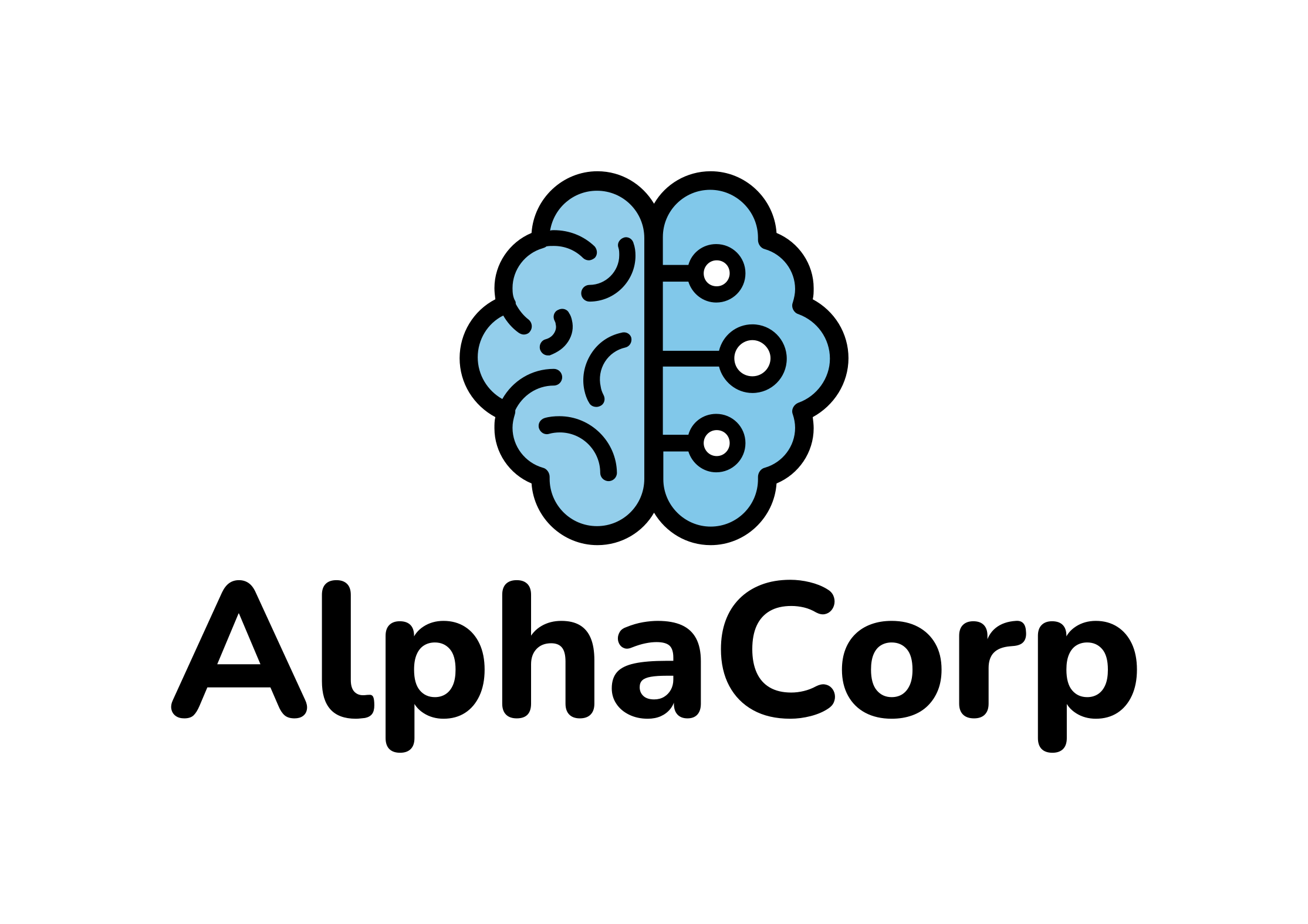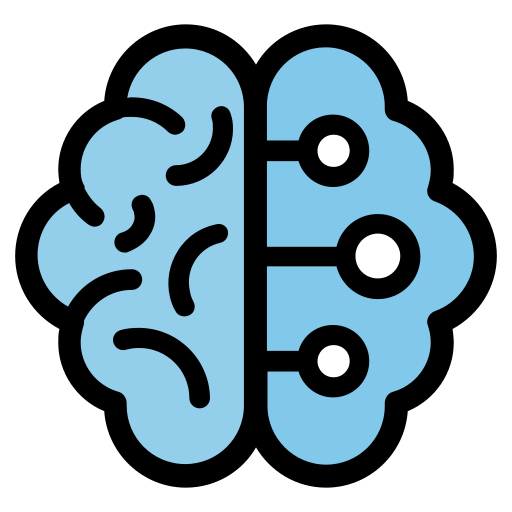AI agents are no longer just tools—they’re coworkers. In 2025, self-managing AI teams are changing how businesses operate, making work faster, smarter, and sometimes more complex than ever before.
What Are AI Agents and Self-Managing AI Teams?
AI agents are computer programs that can carry out tasks, make decisions, and even work with humans or other agents with little to no direct supervision. When several of these agents work together, they form self-managing AI teams—groups of AI systems that can plan, adapt, and solve problems on their own, often across different business areas (SuperAGI; OpenAI).
This new wave of agentic AI is powered by recent advances in large language models (LLMs) and open-source frameworks that make it easier for companies to use these smart systems in real-world settings (Firecrawl).
The Rise of Autonomous Agents in 2025
In 2025, more than half of organizations report using some form of AI agents to automate business processes, support decisions, and manage workflows (SuperAGI). The global market for agentic frameworks is booming, expected to reach nearly $8 billion this year, with rapid growth ahead.
Why are businesses adopting agentic AI?
- Smarter automation: AI agents can handle complex, multi-step tasks that used to need human oversight.
- Scalability: These agents can work around the clock, scale up or down as needed, and manage more work than human teams alone.
- Flexibility: Open-source frameworks let companies customize and expand their AI teams quickly.
- Cloud integration: Many frameworks now work smoothly with cloud platforms, making deployment and security easier (SuperAGI).
The Frameworks Behind Self-Managing AI Teams
Not all AI agent frameworks are created equal. In 2025, several open-source options lead the way. Each has its strengths, depending on the job at hand.
Comparing the Top Frameworks
| Framework | Best For | Key Strengths | Weaknesses |
|---|---|---|---|
| LangGraph | Complex, stateful business workflows | Handles multi-step, conditional tasks; scalable; strong debugging | Steep learning curve |
| CrewAI | Collaborative, role-based workflows | Easy for team tasks and prototyping | Less suited for complex logic |
| AutoGen | Research and multi-turn agent interaction | Flexible, supports experimentation | Needs more coding for structure |
| Semantic Kernel | Enterprise and .NET integration | Great for Microsoft shops; compliance | Less flexible for non-MS uses |
| SmolAgents | Lightweight, API-based tasks | Quick setup, minimal resources | Limited scalability |
| Pydantic AI | Type-safe, controlled workflows | Predictable, easy to debug | More manual setup |
| Agno | Hierarchical, modular workflows | Plug-and-play modules, good docs | Newer, smaller community |
(Langfuse; GetTectonic; Firecrawl)
LangGraph stands out for managing complicated business processes, such as order handling or supply chain management, where tasks have many steps and require careful tracking. CrewAI is popular for projects where multiple AI agents (or humans and agents) need to work together, like customer support or creative brainstorming (Turing; Zams).
How Do Self-Managing AI Teams Work in Practice?
Real-World Business Workflows
- Order Processing: AI agents can check inventory, approve payments, and update shipping—all without human help.
- Customer Support: Teams of agents handle routine questions, escalate tough cases, and even learn from feedback.
- Supply Chain Optimization: Agents track shipments, predict delays, and reroute orders in real time (Langfuse).
LangGraph is often used for these complex, multi-step tasks because it can manage branching workflows and handle errors gracefully. CrewAI is better for situations where different agents (with different roles) need to work together but the process isn’t as complicated.
Security, Integration, and Developer Experience
- Security: As AI teams take on bigger roles, keeping them safe from attacks is critical. Frameworks like LangGraph and Semantic Kernel offer strong security features, such as audit trails and sandboxing (TheHackerNews).
- Integration: Semantic Kernel is best for companies using Microsoft tools, while LangGraph and AutoGen work well with a wide range of business systems and cloud platforms (APIpie).
- Developer Support: LangGraph and LangChain have large communities and lots of documentation, making it easier for new teams to get started (Techlasi).
Oversight: Who Keeps AI Teams on Track?
As AI agents become more independent, the big question is: Who’s in charge?
The Evolution of Oversight
Traditionally, humans checked every AI decision (called “human-in-the-loop” or HITL). But as AI systems get faster and more complex, this approach can’t keep up. New models include:
- Human-on-the-loop (HOTL): Humans supervise and step in only when needed.
- Variable Autonomy: The level of human control changes based on the situation.
- Nested Oversight: Layers of oversight, where simpler agents (or humans) oversee more advanced ones (MIT; Frontiers in AI).
The Limits of Human Oversight
Recent research shows that as AI teams become more capable, it gets harder for humans to spot mistakes or bad decisions. In some cases, oversight success drops below 52% (MIT). This means businesses need smarter ways to keep AI agents accountable.
Best Practices for AI Team Governance
- Escalation Policies: Set clear rules for when agents must ask for human help.
- Audit Trails: Log every decision so mistakes can be traced and fixed.
- Transparency: Make agent actions visible and explainable.
- Fallback Mechanisms: Allow humans to take over if something goes wrong (GoCodeo).
Why It Matters: The Future of Work with Agentic AI
Self-managing AI teams are more than just another tech trend—they’re changing how work gets done. They can boost efficiency, cut costs, and take on tasks that were once too complex for automation. But they also bring new challenges, especially around trust, security, and oversight.
For organizations, the key is balance:
- Use the right framework for your needs—LangGraph for big, complex workflows; CrewAI for teamwork; Semantic Kernel for deep Microsoft integration.
- Invest in strong oversight and clear accountability.
- Train human supervisors to work with, not just watch over, their agentic coworkers.
The workplaces that thrive in 2025 will be those that combine the strengths of both humans and AI—using self-managing AI teams to handle the heavy lifting, while people focus on strategy, creativity, and making sure the AI stays on track.
If you’re interested in bringing agentic AI into your workplace, check out AlphaCorp AI’s agent development solutions. Discover how their tools can help you create, customize, and manage self-managing AI teams for your business.
References
- The Future of AI-Powered Open-Source Agentic Frameworks: Emerging Trends and Predictions for 2025 and Beyond – SuperAGI
- Best Open-Source Agent Frameworks 2025 – Firecrawl
- 2025-03-19 AI Agent Comparison – Langfuse
- AI Agent Frameworks – Turing
- The Open-Source Agent Framework Landscape – GetTectonic
- Top 10 Open Source AI Agent Frameworks (May 2025) – APIpie
- CrewAI vs LangGraph – Zams
- Comparison of Leading AI Agent Systems (May 2025) – AICritique
- Guide to Human Oversight in AI Workflows – Magai
- Metas Llama Framework Flaw Exposes AI Systems to Remote Attacks – TheHackerNews
- AI Agent Frameworks Guide – Techlasi
- Practices for Governing Agentic AI Systems – OpenAI
- Beyond Good Intentions: MIT Research Reveals Hard Limits on AI Oversight – MIT
- Let Me Take Over: Variable Autonomy for Meaningful Human Control – Frontiers in AI
- Multi-Agent Systems in AI: Architecture, Use Cases, and Best Practices – GoCodeo

